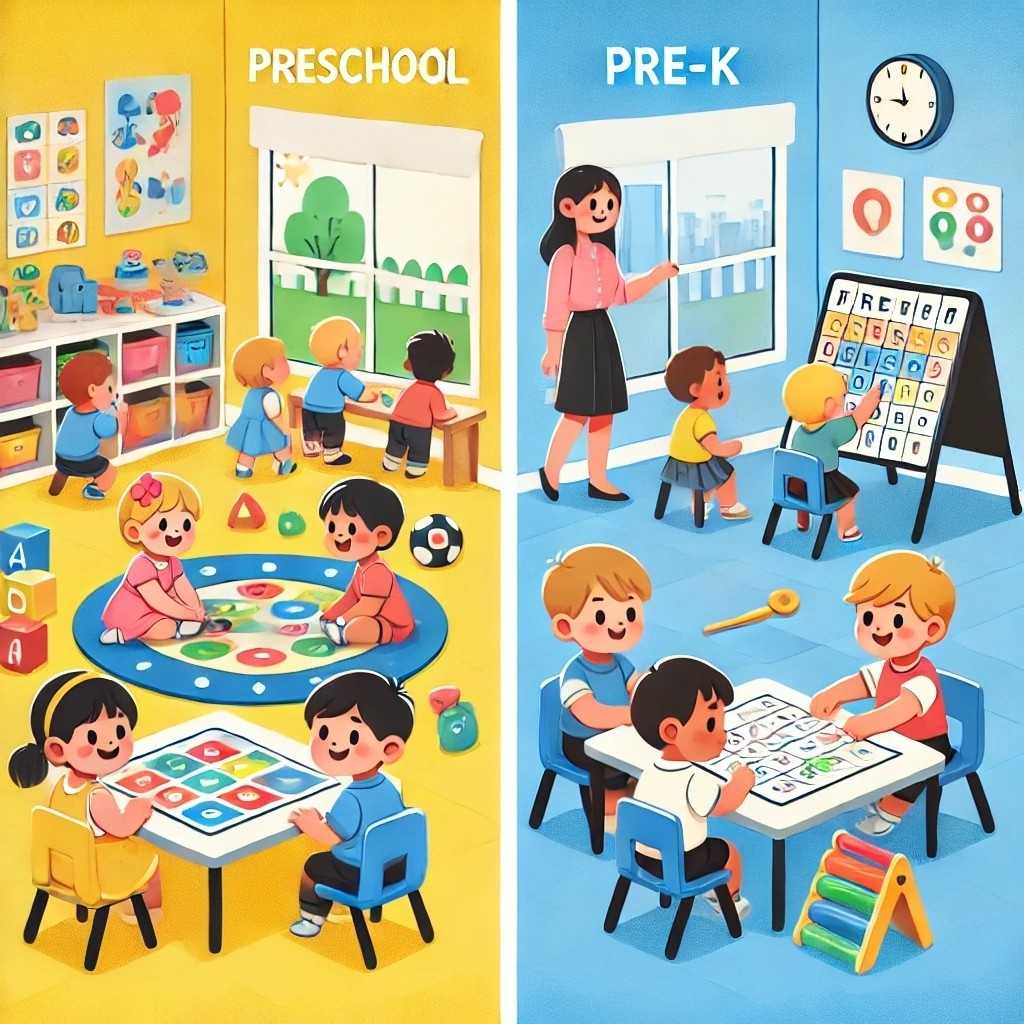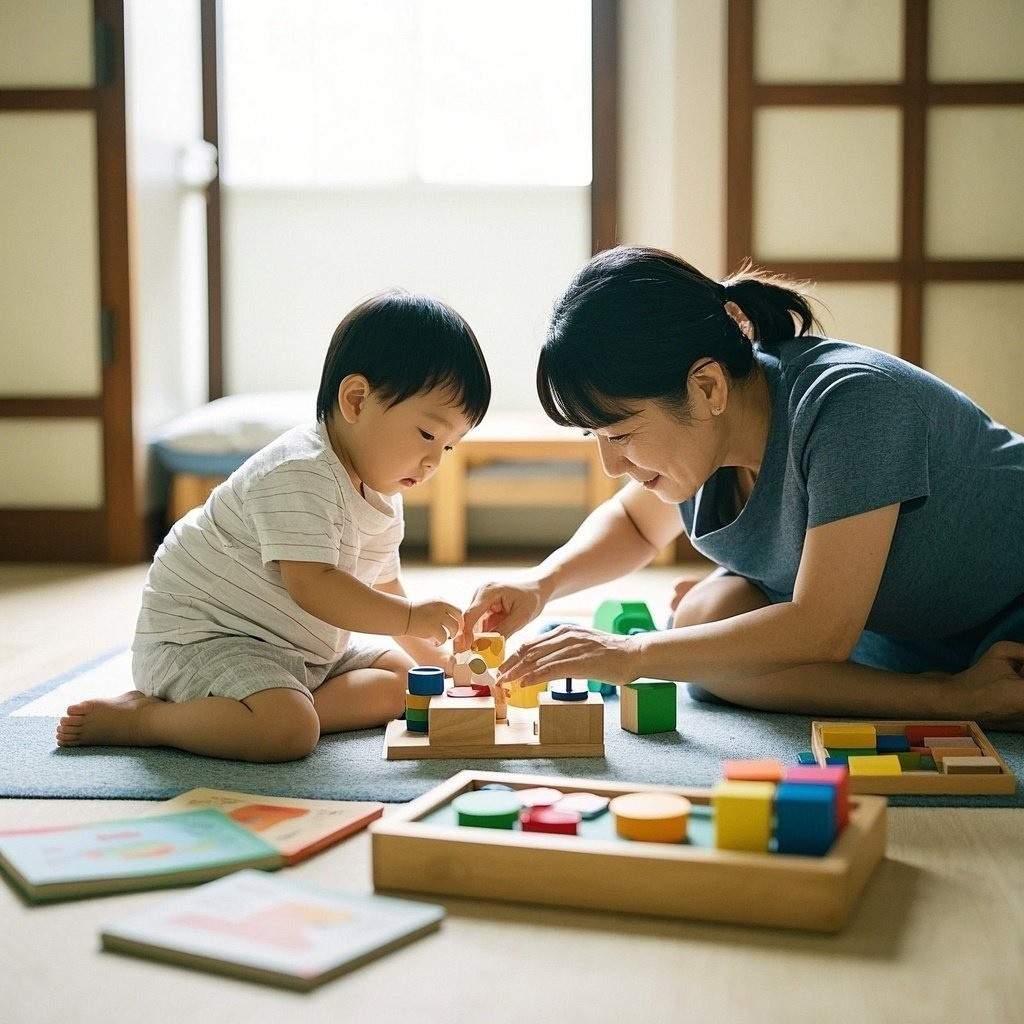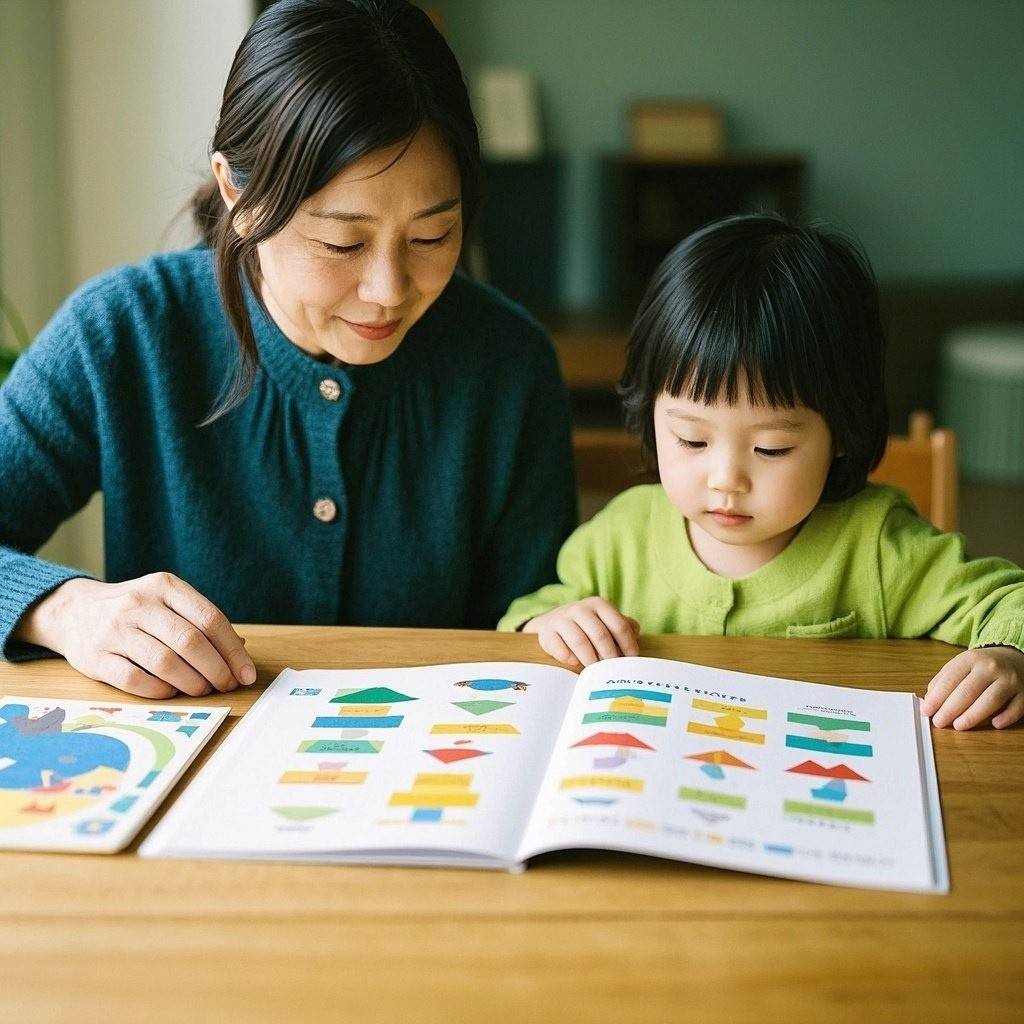In the early years of life, children are naturally curious, exploring the world through touch, sound, sight, taste, and smell. This exploration isn’t just fun—it’s foundational to their development. Known as sensory learning, this process plays a critical role in cognitive development during early childhood. As educators and parents begin to recognize the profound impact of sensory activities for kids , there’s a growing movement toward incorporating them into both home and school environments.
Let’s dive into why sensory learning matters and how it supports a child’s growth across multiple domains of development.
Understanding Sensory Learning
Sensory learning refers to the process by which children use their senses—sight, sound, touch, taste, smell, balance (vestibular), and body awareness (proprioception)—to explore and understand the world. These sensory inputs help the brain interpret external stimuli, build neural connections, and store information.
During early childhood education , children depend heavily on sensory input to shape how they think, solve problems, and interact with others. For example, when a child feels the softness of a teddy bear or hears the rhythm of a nursery rhyme, their brain is making complex connections that support memory, emotional development, and language acquisition.
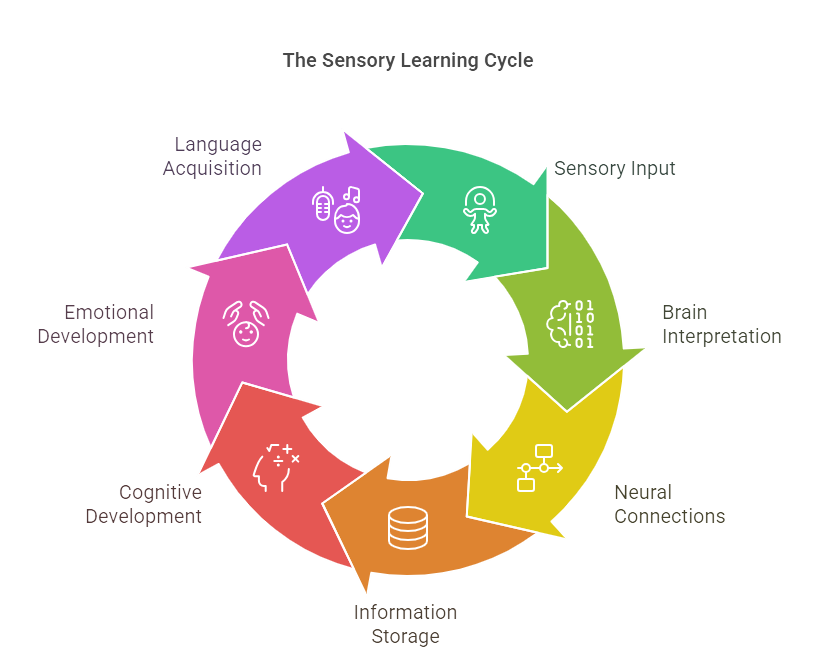
Cognitive Benefits of Sensory Learning
1. Development of Neural Pathways
During early development, the brain forms millions of new neural connections each second. When children engage in sensory play , they stimulate multiple areas of the brain at once, promoting faster and more efficient neural development. Activities like pouring water, kneading dough, or listening to music encourage brain integration and support long-term cognitive function.

2. Improved Focus and Attention
Children who engage in regular sensory activities often show increased concentration and attention span. These tasks encourage mindfulness and help children learn to filter out distractions. For example, a child carefully tracing shapes in sand is learning to focus on a task—an essential skill for school readiness.
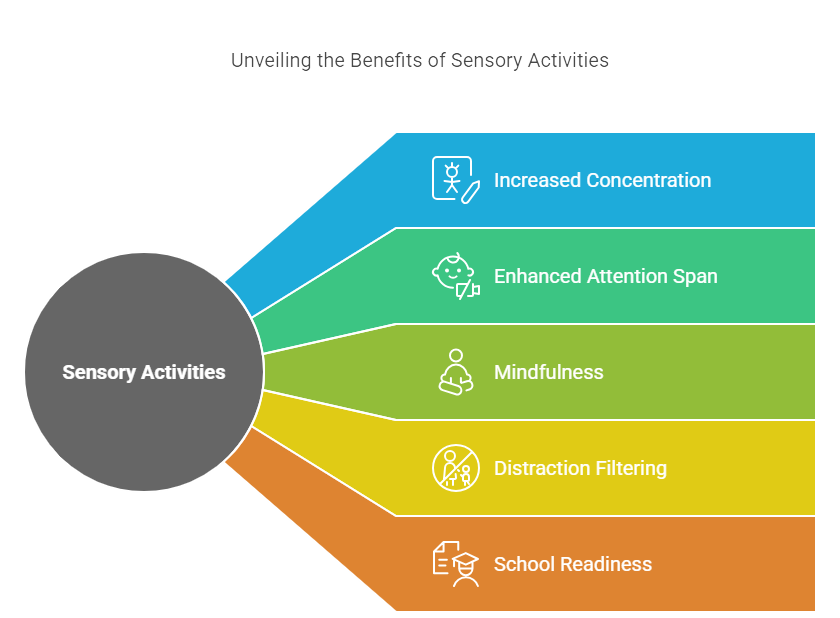
3. Enhanced Language and Communication Skills
Sensory learning creates opportunities for rich, descriptive language. When children describe what they’re experiencing—”the feels dough squishy” or “this smells sweet”—they develop vocabulary and expressive language skills. These verbal skills are crucial for academic success and social development.

4. Better Memory and Information Retention
Multisensory experiences improve memory by associating facts and concepts with sensory input. Children are more likely to remember lessons that engage multiple senses. For instance, a child learning about shapes through touching, seeing, and building is more likely to retain the information than through visual learning alone.
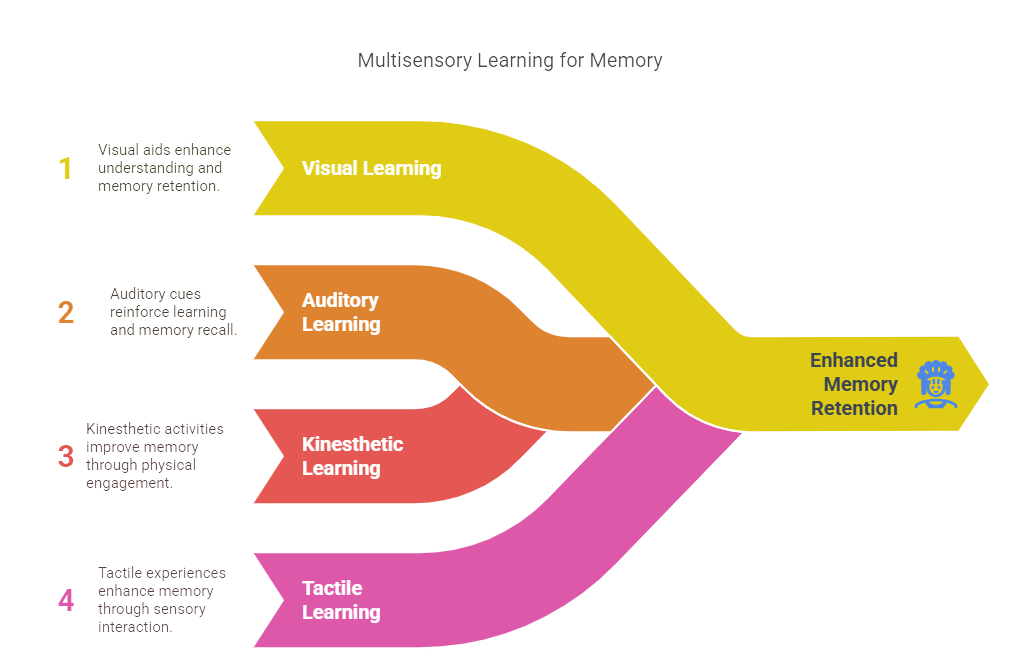
5. Emotional Regulation and Stress Relief
Sensory activities for kids often have a calming effect. Rhythmic motions like swinging, or repetitive tactile play such as squeezing a stress ball, can help children regulate emotions, reduce anxiety, and manage overstimulation. These self-soothing strategies are especially beneficial for children with sensory processing issues or attention disorders.
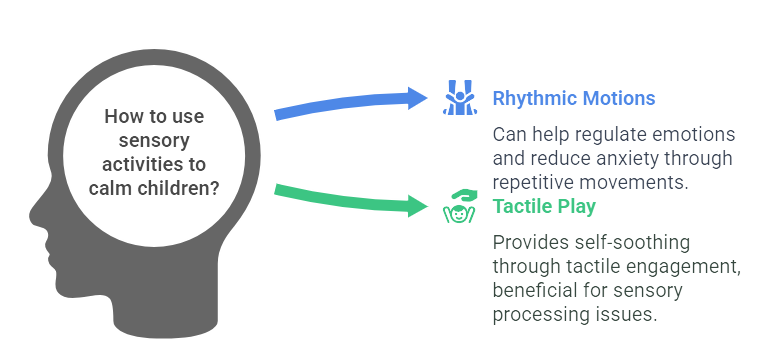
6. Social and Cooperative Skills
When sensory play is done in group settings, children learn to take turns, share resources, and cooperate. Whether it’s building a sandcastle or working on a group painting project, these activities foster teamwork, empathy, and communication skills.
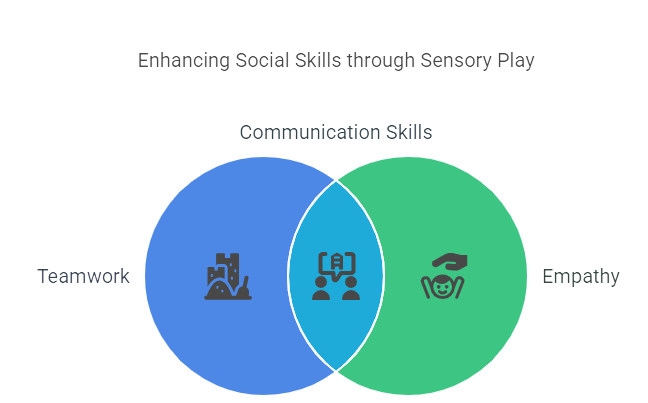
Incorporating Sensory Activities at Home
You don’t need a specialized classroom to introduce sensory learning at home. Here are a few easy and effective ways to support your child’s sensory development:
1. Sensory Bins
Fill a container with dry rice, pasta, water beads, or kinetic sand. Add tools like scoops, tongs, and small toys. These tactile setups help improve fine motor skills, sorting ability, and creativity.
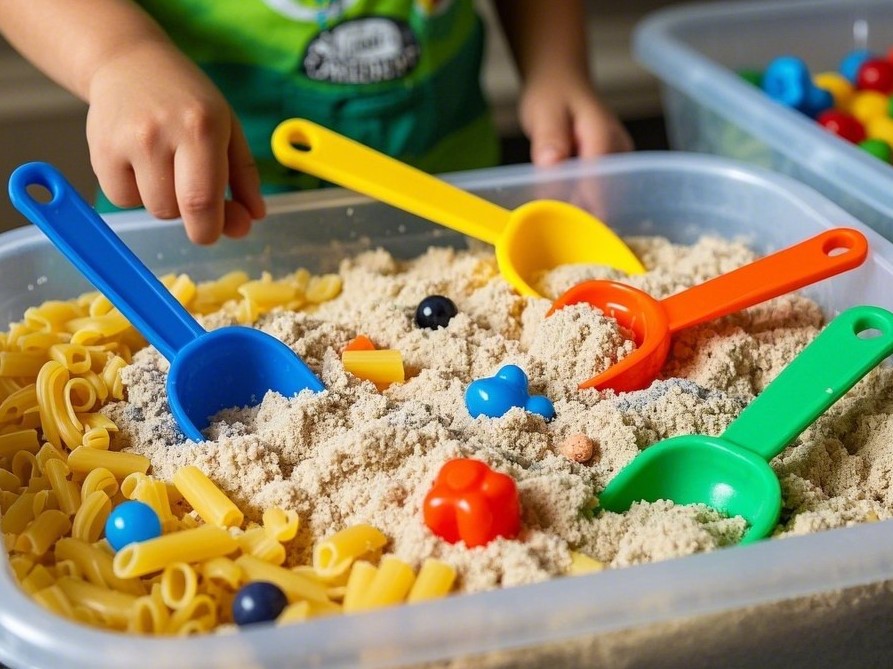
2. Nature Play
Let kids explore the outdoors by walking barefoot on grass, digging in soil, or collecting leaves and rocks. Nature is full of sensory input that stimulates curiosity and motor development.

3. Messy Art Projects
Finger painting, sponge stamping, and clay modeling are excellent ways to promote sensory development. These art activities provide visual, tactile, and olfactory experiences that support creativity and cognitive flexibility.
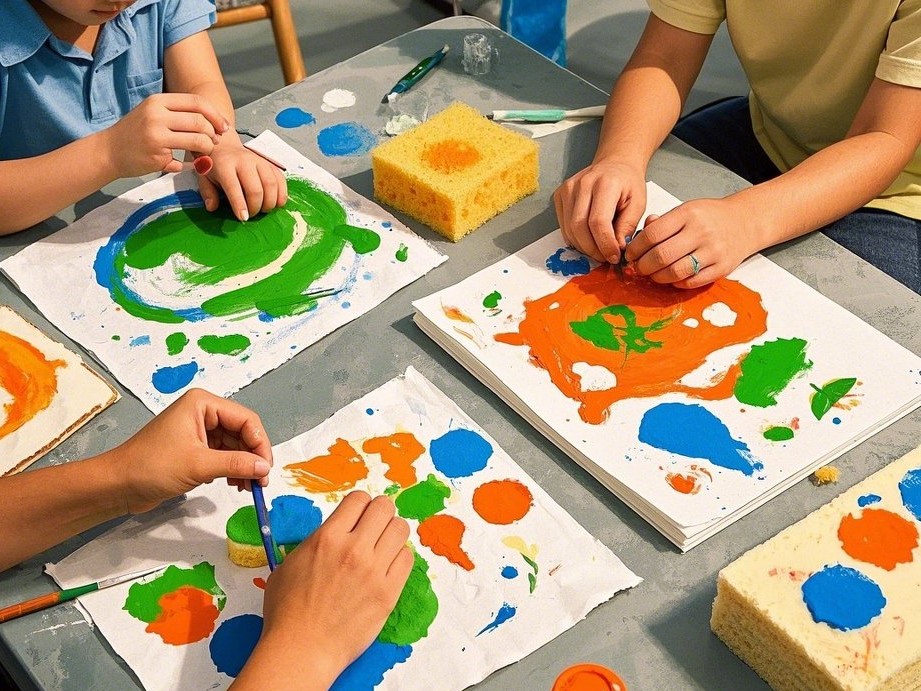
4. Kitchen-Based Learning
Cooking introduces children to a world of sensory input—kneading dough, smelling herbs, hearing the sizzle of food. It’s a great way to teach sequencing, measurement, and patience while engaging multiple senses.
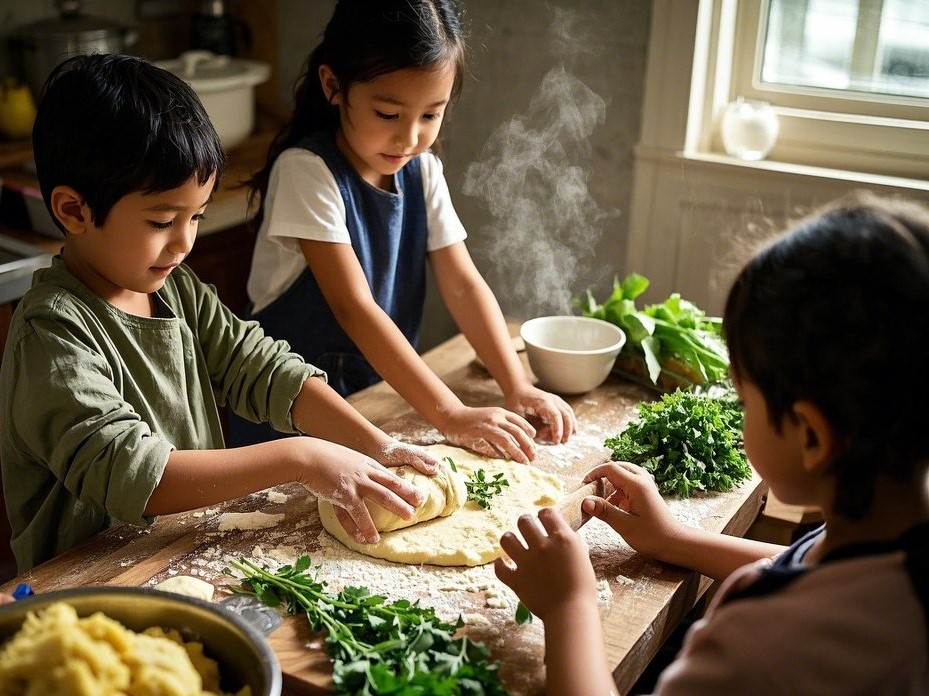
5. Music and Movement
Instruments, rhythm games, and dancing combine auditory and kinesthetic input, enhancing a child’s coordination, timing, and listening skills. Music also boosts memory and language retention.
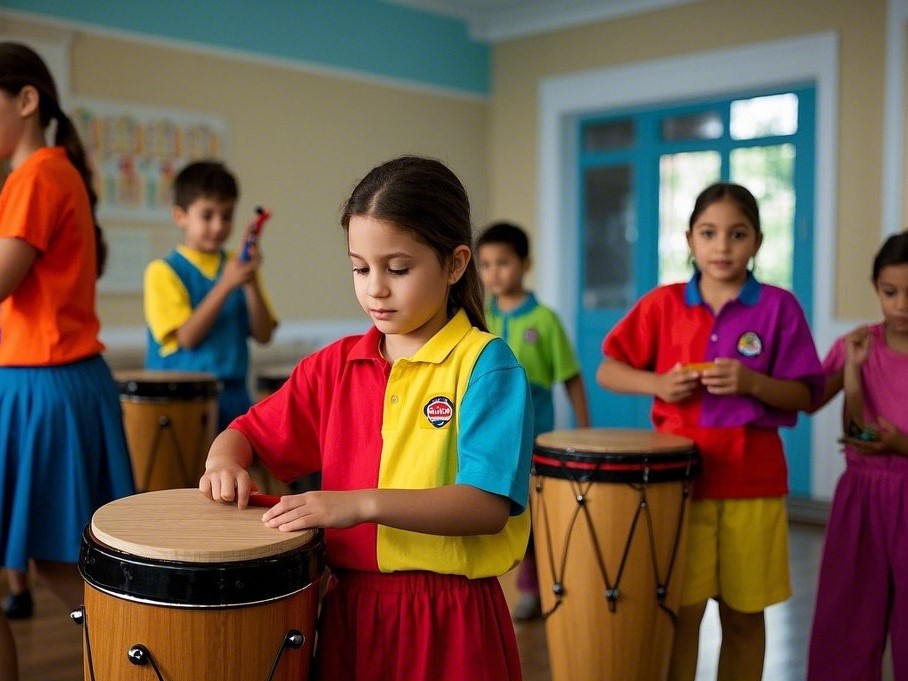
Creating a Sensory-Friendly Environment
Designing a sensory-rich home or classroom doesn’t mean adding chaos—it means creating intentional spaces that invite exploration and calm. Consider the following elements:
- Textured materials : Use pillows, rugs, or curtains made of different fabrics to invite touch.
- Visual stimulation : Include gentle lighting, calming color palettes, or rotating picture displays.
- Aromatherapy : Introduce child-safe essential oils like lavender or citrus to create mood-based spaces.
- Quiet zones : Designate cozy reading nooks or calm corners with bean bags, noise-canceling headphones, or sensory toys.
A thoughtfully designed space not only supports child development but also helps children self-regulate and transition more smoothly between tasks.

The Role of Clothing in Sensory Learning
Believe it or not, your child’s clothing can influence their sensory experience. Sensory-friendly clothing supports comfort and focus during both play and structured learning time.
Look for features like:
- Soft, breathable fabrics like organic cotton or bamboo
- Tagless designs and flat seams to avoid irritation
- Adaptive closures (Velcro, zippers, elastic) to support independence
- Layered textures that offer subtle sensory input during movement
Functional fashion can empower children to engage more confidently in activities without distractions from discomfort.
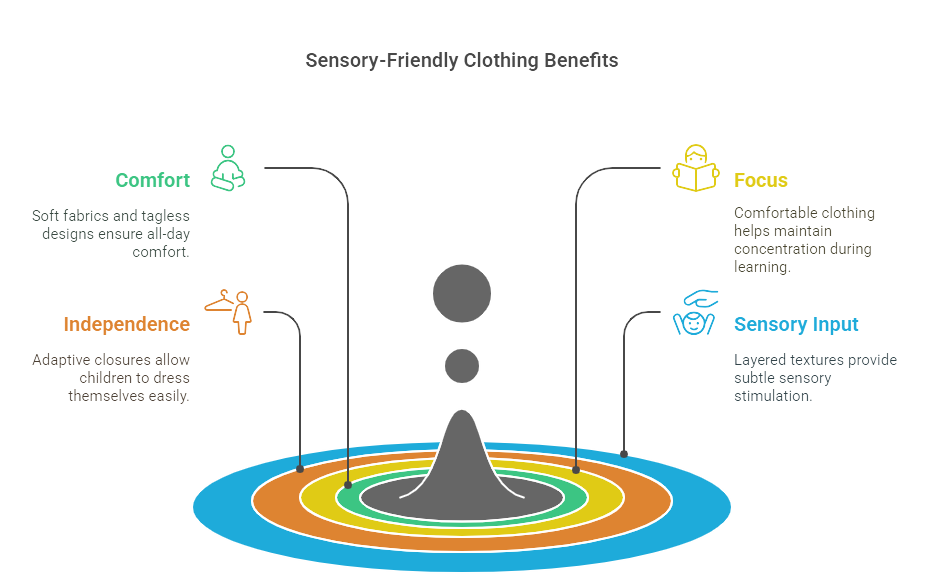
Sensory Learning in Educational Approaches
Many modern education systems are integrating sensory play into curriculum design. Approaches like Montessori , Reggio Emilia , and STEM-based learning prioritize hands-on exploration to foster critical thinking and creativity.
Montessori classrooms often feature tactile materials such as wooden letters, sandpaper numbers, and texture boards to support early childhood education. Reggio Emilia emphasizes creativity through loose parts play and open-ended sensory experiences.
These philosophies recognize that true learning happens when children can explore, manipulate, and internalize ideas through all their senses.
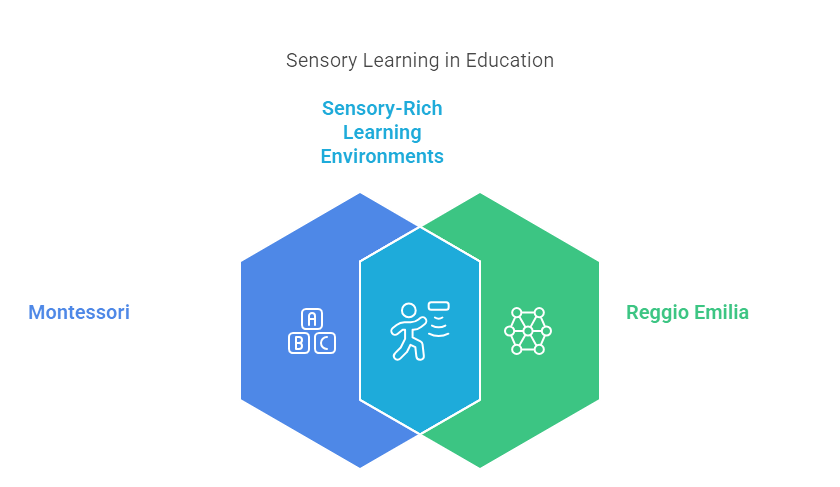
Supporting Children with Sensory Sensitivities
Not all children respond to sensory input in the same way. Some may be hypersensitive to touch, sound, or smell. Others may seek out more intense sensory experiences. Children with sensory processing disorders (SPD) or autism often have unique sensory needs that require tailored support.
Tips for supporting sensory-sensitive children include:
- Providing predictable routines and transitions
- Offering calming sensory tools like fidget spinners or weighted blankets
- Using visual schedules to reduce anxiety
- Consulting with occupational therapists for personalized strategies
Understanding and respecting sensory preferences ensures every child has the opportunity to thrive cognitively and emotionally.

Conclusion
Sensory learning is far more than messy play — it’s a foundation foris far more than messy play—it’s a foundation for cognitive development , emotional regulation, language acquisition, and social skills. By engaging children’s senses in purposeful ways, parents and educators can fuel a lifetime of learning.
Whether it’s through a nature walk, a sensory bin at home, or a thoughtfully designed play space, sensory experiences shape how kids think, feel, and grow. As research continues to affirm the importance of sensory activities for kids , it’s clear that the best learning environments are the ones that encourage kids to feel their way through the worldtheir way through the world.
So, embrace the noise, the mess, the textures, and the colors. Because in the world of child development, sensory play isn’tisn’t just helpful—it’s essential.


